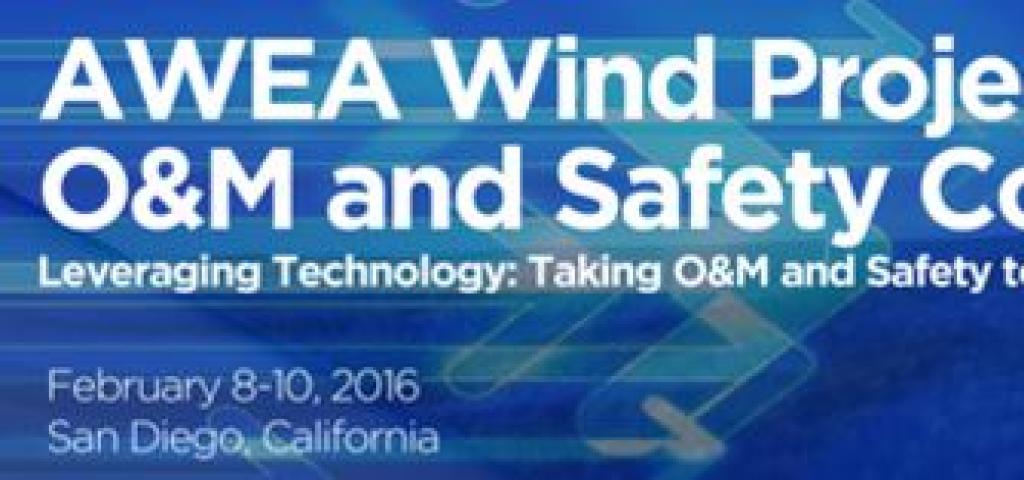
Tearing down the silos – collaboration in IoT

This past week I had the pleasure of speaking on a panel on the potential impacts of the Internet of Things (IoT) on the wind industry at the American Wind Energy (AWEA) Operation and Maintenance Seminar, in San Diego. I was speaking on the panel as a networking expert and not an expert in wind, renewables, or power generation. Sitting on the panel with my esteemed colleagues bringing various core areas of expertise to the conversation, the anatomy of an ideal wind solution quickly took shape:
- Sensors
- IoT Connectivity/security
- Analytics
- Automation
As the discussion progressed towards IoT strategy and implementation, the excitement tapered off as the following question was asked, “At what point should we engage the IBMs, Cisco’s, and Oracles of the world for design and support?” After a short answer of “why would you need to?” and a few probing questions, it was clear some of the content of my talk may have missed its mark, particularly regarding the true impact of cloud services and virtualization. It was also clear that the realization of a complete IoT solution would have to be the product of guided and experienced collaboration and education to help advance the ball. Exiting the physical world and realizing the benefits of cloud and virtualization/consolidation begs the question, how can we enable advanced technology to permeate into markets still living in the ‘physical world’? Where does the responsibility lay to educate and ensure technology is relevant in all markets?
Old-world practices of “all things datacenter” and the client-server model have rapidly evolved, abstracting away the stronghold “vendor-locked” solutions. In industries such as medical and energy, long product lifecycles coupled with the rapid advancements in technology can lead to what I call “the drawing board obsolescence”. This occurs when application investment cannot pivot towards new technology – the cost-prohibitive porting of code and legacy dependencies on both hardware and operating systems prevent the realization of next generation offerings without completely overhauling the complete product and support organization.
Beyond the sensors, the edge devices, and the device cloud technology stack, data availability and the actionable derivatives of that data have already delivered on the promise of transforming the traditional business model – several insightful examples were presented, with some pretty remarkable success stories. At this point it’s not a question of when IoT will take shape in energy – it’s how. The utilities industry as a whole is already shifting from data center to cloud – from hardware dependent to software-defined.
In the end, one key takeaway was clear. A software-defined strategy eliminates the overhead and future-proofing complexities of the hardware-dependent world we once were. The benefits of a complete solution will not be the product of a single entity, rather a collaboration of core experts consulting and executing on the guided vision of customers. Working with core experts removes the liabilities of data security, and privacy, and ensures extensibility and ease of use. Addressing these requirements are at the core of the Wind River Helix product portfolio value proposition, enabling the edge-to-end connectivity creating a platform for core experts to collaborate and innovate on, and truly supporting the new world thinking where collaboration is the new competition.

